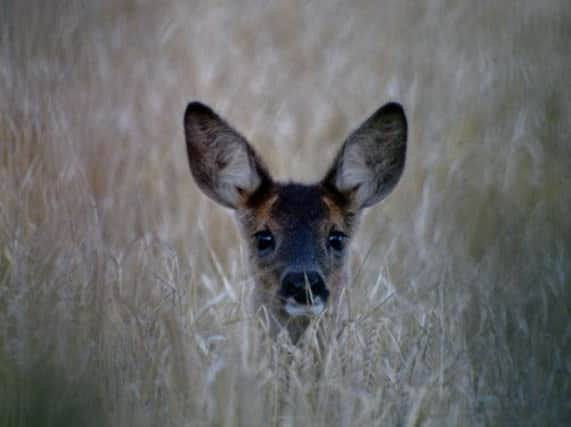Deer stalkers told to extend culling to young


Almost 40 years of research found that orphaned, young deer struggle to find food and shelter, and are likely to die without their mother’s care.
Scientists from the universities of Edinburgh, Cambridge and Calgary, Alberta, studied data gathered on a population of wild red deer on the Isle of Rum.
Advertisement
Hide AdAdvertisement
Hide AdMale calves orphaned after the age of two were likely to survive but females orphaned after two years of age continued to struggle to survive in the long-term, the researchers found.
The report claimed that males orphaned in their first year were slow to develop their first set of antlers and have poor growth in later life, indicating that the physical effects of orphaning may be lifelong.
Professor Josephine Pemberton, from the University of Edinburgh’s school of biological sciences, said: “Calves are weaned at around seven months and afterwards benefit from their mother’s knowledge of food and shelter, and from a settled social group, but lose these benefits when their mother dies.
“Our findings help pinpoint the impact on young deer of being orphaned at ages well beyond weaning.”
The latest findings – from one of the longest and most complete scientific studies of its kind yet undertaken – support current guidelines for deer stalkers laid down by the government agency Scottish Natural Heritage.
Alastair MacGugan, of Scottish Natural Heritage, said: “This echoes our best practice guidance, as trying not to leave calves orphaned is a basic tenet for those stalking deer.
“This research highlights how this is not just a welfare issue, but also impacts on the health and success of individual deer for the rest of their lives.”
The study is published in the Behavioural Ecology and Sociobiology journal.